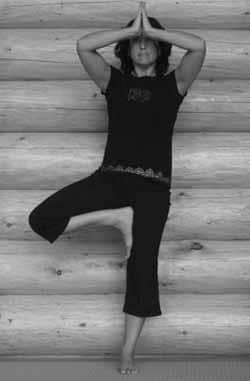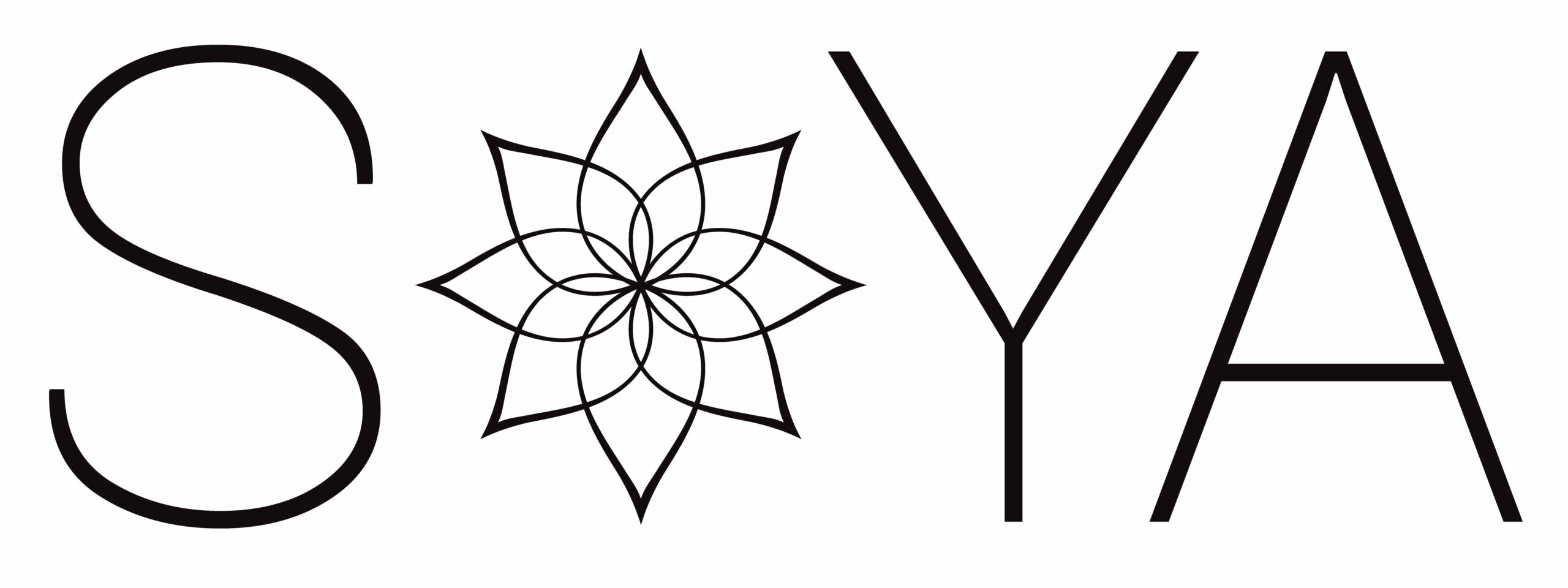Balance – The Art of Being Present:
Submitted by Cindy Szekely, of Intuit Yoga, Mackenzie, BC. Cindy is a SOYA Lead Trainer for the SOYA Teacher Training program.
Vrksasana and other balance poses help to build focus and increase our ability to concentrate. This requires the ability to stay in the present moment, not allowing the mind to run wild with thoughts of “Will this pose ever end?” or “oh here I go, I’m going to do a face plant.” The next time you are in a yoga class and find yourself moving into a balance pose notice if you feel positive or if you are filled with some sort of anxiety. Once in the pose notice your thoughts and what happens when the mind wanders. Chances are once your mind starts to wander you will no longer be able to balance. Focus has been lost and the present moment eludes you.
So how then can you work on being fully present in your balance poses? Listen to the cues directing you to find an external focal point on the floor or wall. Remember, not a person or anything that moves. Then take a moment to find your breath. It truly is a valuable tool. As a yoga teacher I have found it’s really common for students to hold their breath during balance poses. Somehow, holding the breath helps you to feel you will make it through to the end of the poses without falling out. Just the opposite is true. Find your breath, then find a slow steady rhythm, focus on the inhale and exhale and see what happens during your balance poses. Once you find your breath you may be able to ground more fully, and find a place of ease and stability in that is in the present moment.
Vrksasana/Tree Pose
 How To:
How To:
Standing tall in tadasana. Shift your weight slightly onto the left foot, keeping the inner foot firm to the floor, and bend your right knee. Externally rotate the right knee and draw your right foot up and place the sole against the spot on your left leg, it may be the ankle, calf, inner thigh depending on your range of motion.
Rest your hands on the top rim of your pelvis. Make sure the pelvis is in a neutral position, with the top rim parallel to the floor.
Bring your hands together at the heart in Anjali mudra. Gaze softly at a fixed point in front of you on the floor about 4 or 5 feet away. Breathe, be present, and just notice how your balance pose feels.
Stay for as long as you are comfortable. Step back to Tadasana with an exhalation and repeat for the same length of time with the legs reverse.
Benefits:
- Strengthens thighs, calves, ankles, and spine
- Stretches the groins and inner thighs, chest and shoulders
- Improves sense of balance
- Builds focus, concentration
Contraindications and Cautions:
- Headache
- Insomnia
- Low blood pressure
- High blood pressure: Don’t raise arms overhead
Modifications and Props
- Support yourself with at the wall if you feel unsteady in this pose

Recent Comments